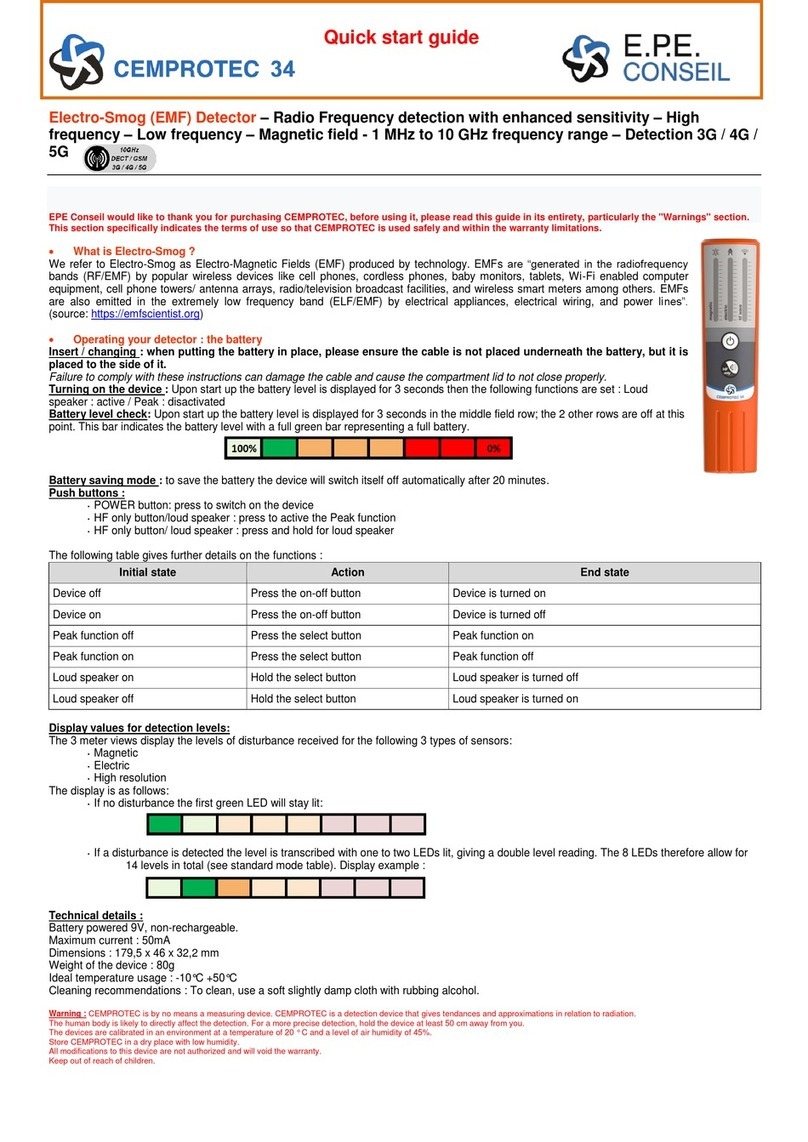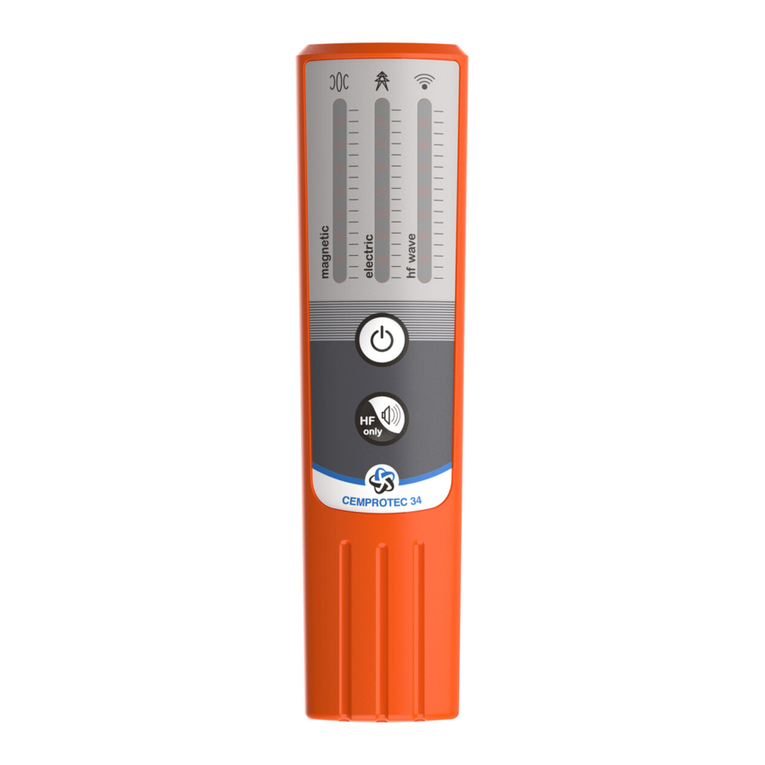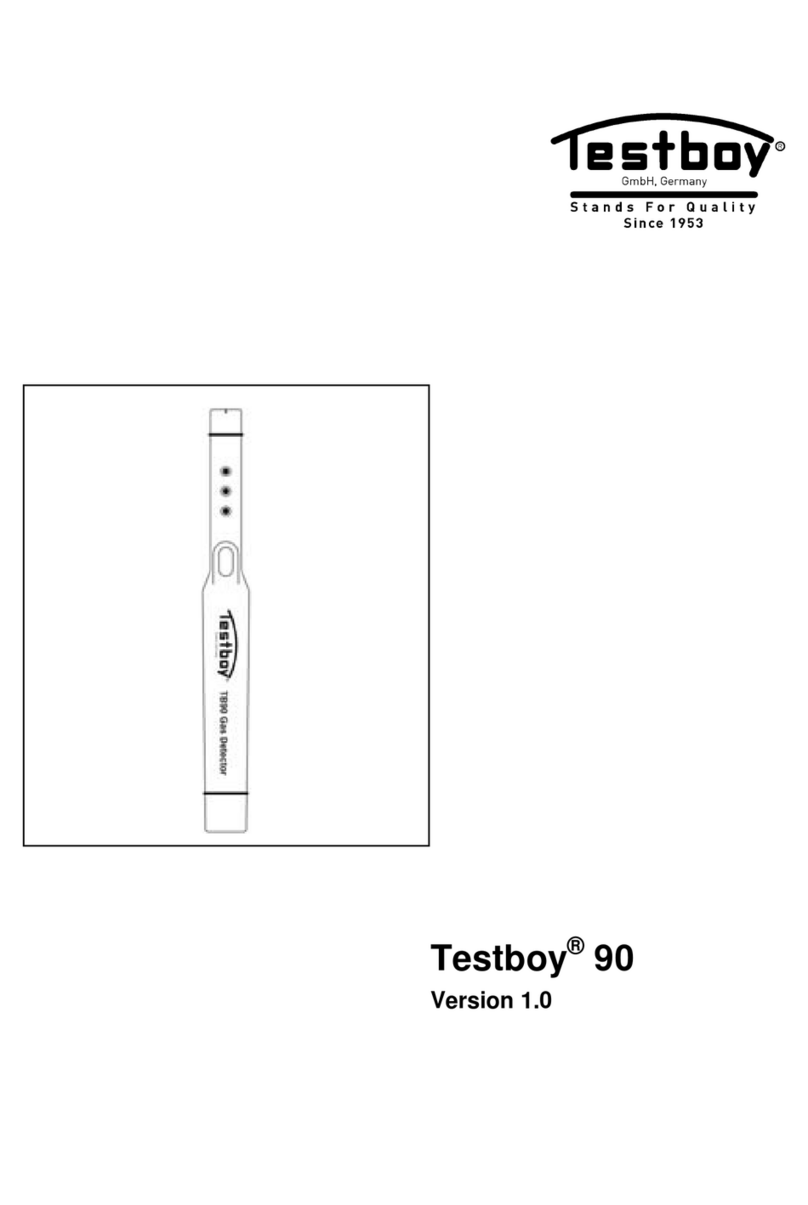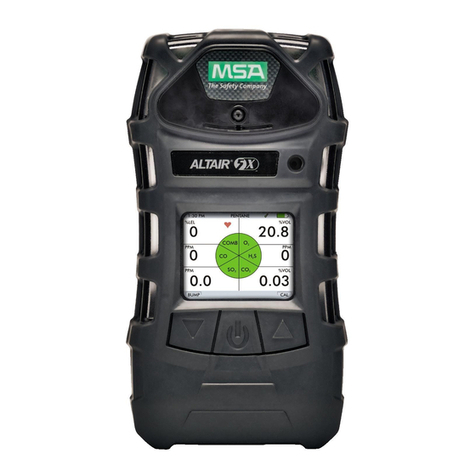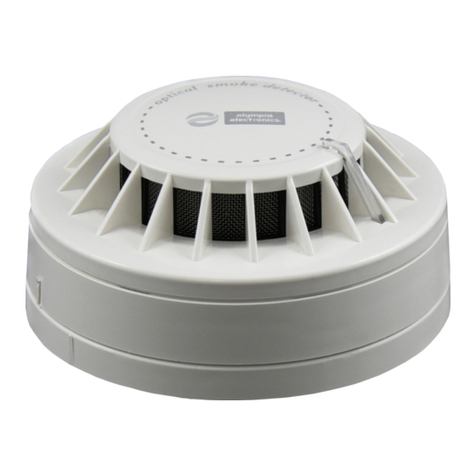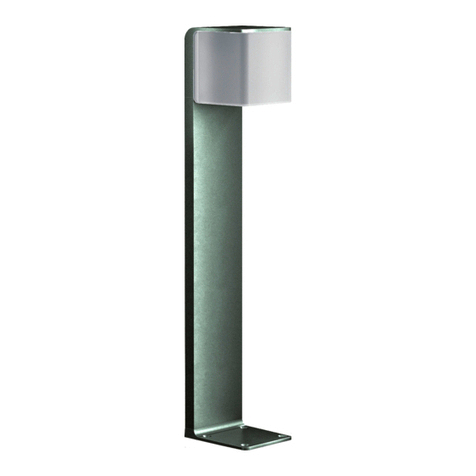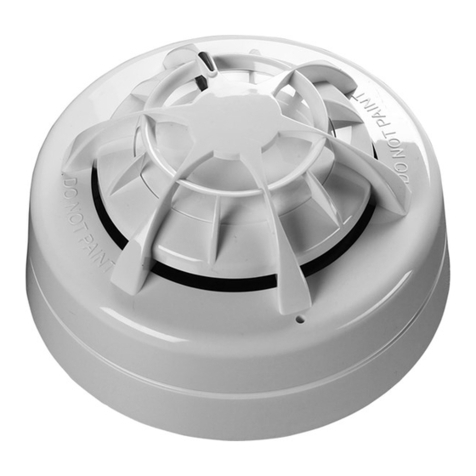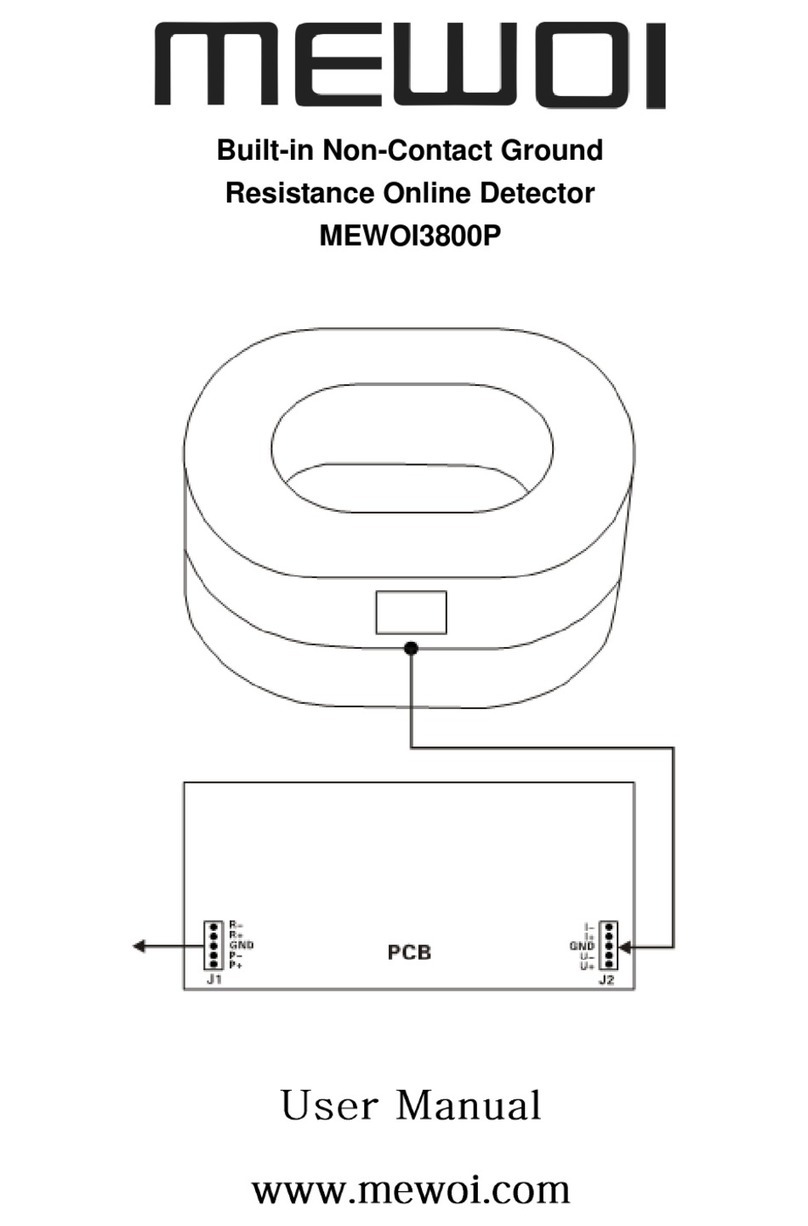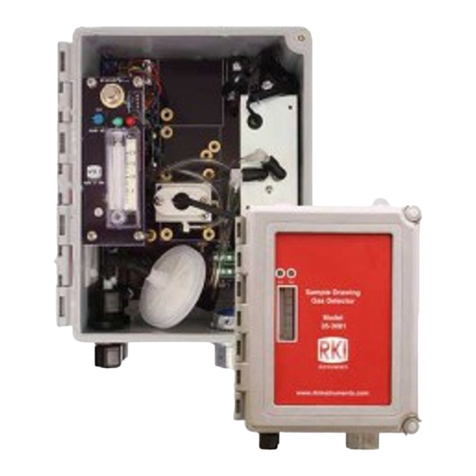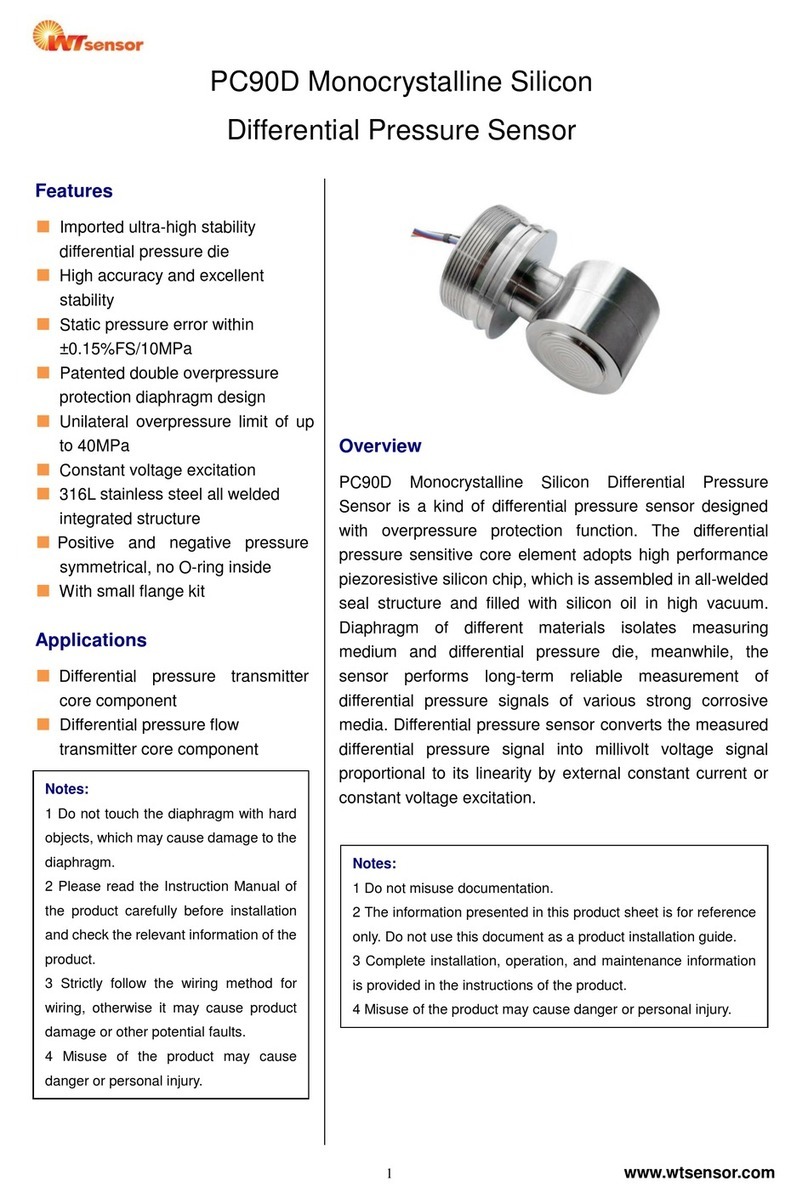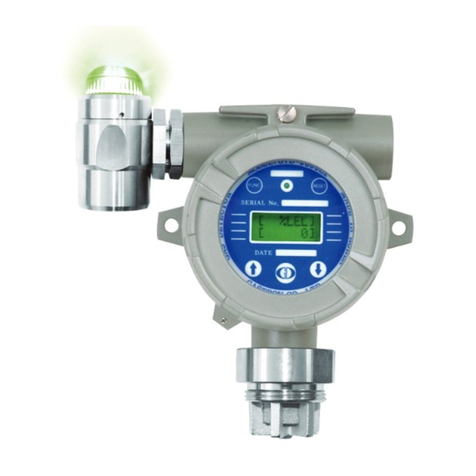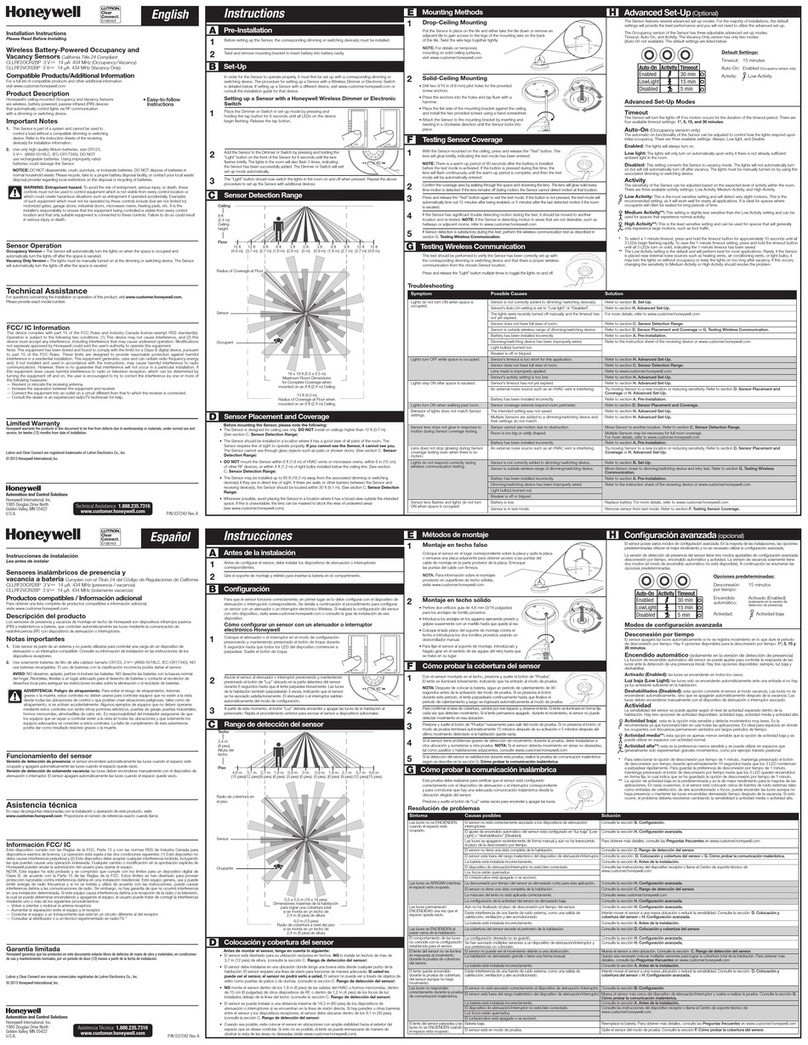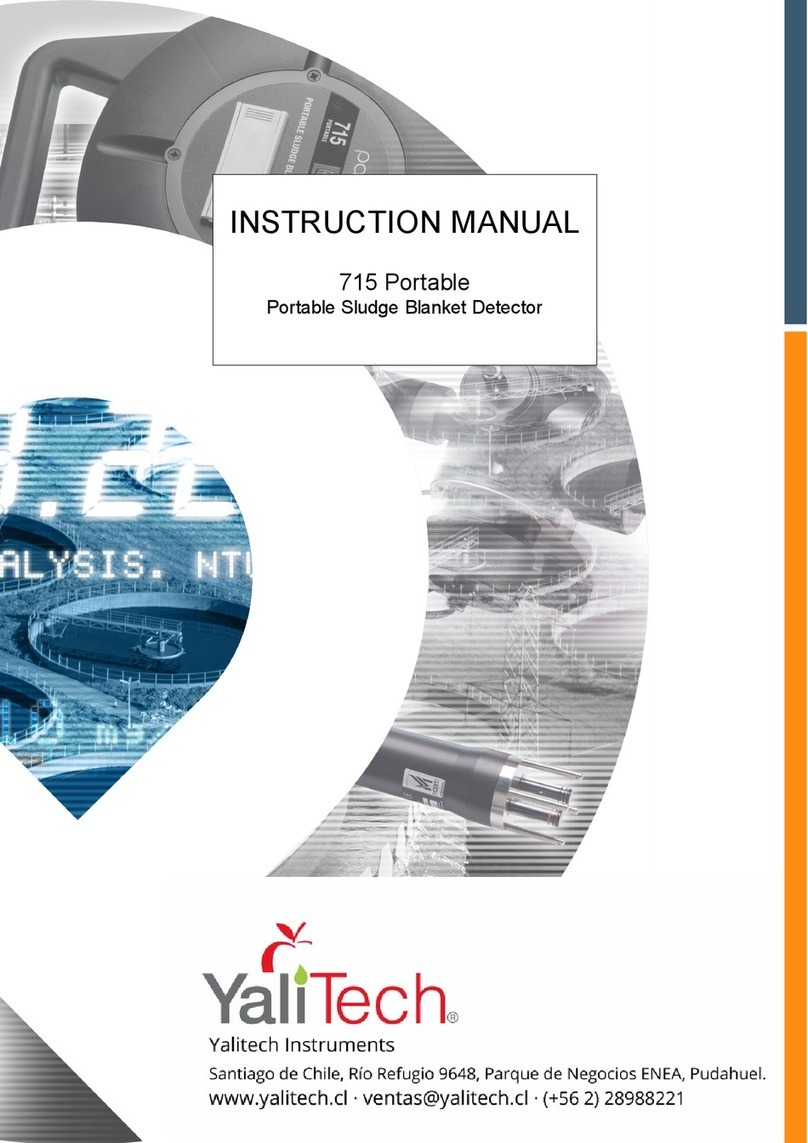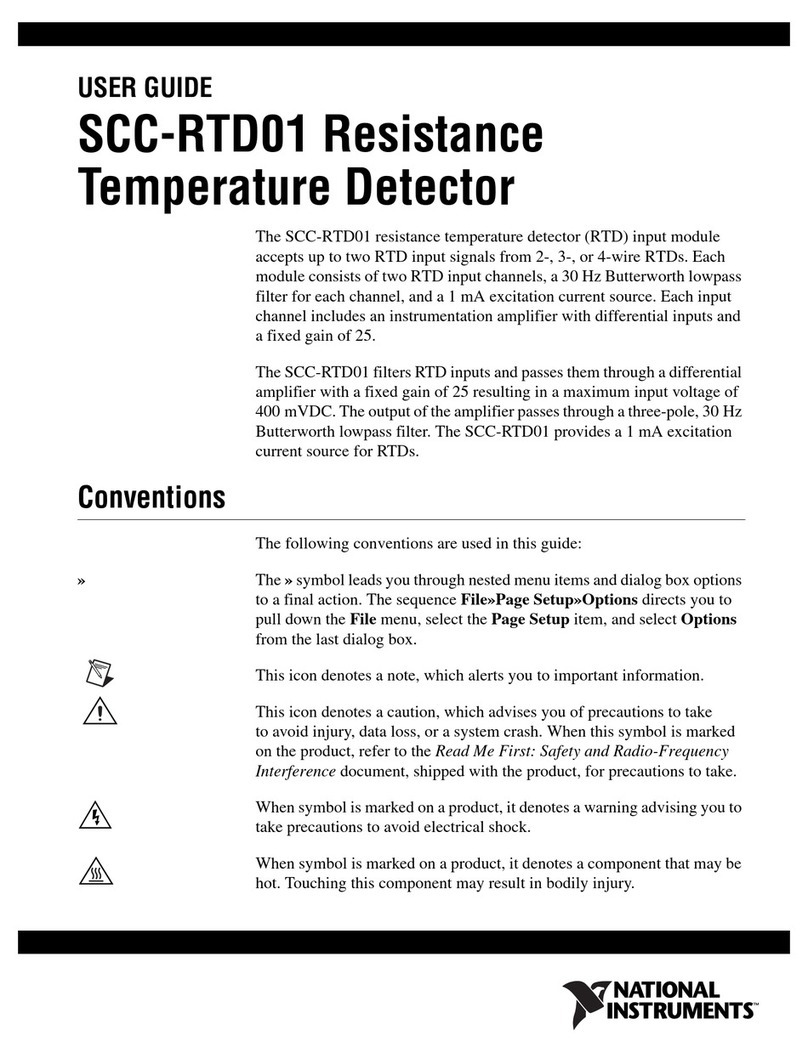EPE Conseil CEMPROTEC 31 User manual

EPE Conseil thanks you for purchasing CEMPROTEC. Before use, please read the instructions for use, especially the "Warnings" section. This
section informs you about the warranty period and conditions of use in order to use CEMPROTEC in safety.
•What is electrosmog?
It is electromagnetic fields that arise during the generation, transport and consumption of technically generated energy.
Electromagnetic fields can be generated by, among other things, cordless devices, such as mobile phones, cordless telephones
(DECT), baby monitors, tablets, Wifi, computers, mobile phone masts or meters (Linky type). "Causes can also be: alternating electric
fields, which are low-frequency fields generated by the alternating voltages in the electrical wiring of a house. Alternating magnetic
fields, which occur as low-frequency fields due to flowing current. This occurs with electrical appliances, high voltages, traction
current of the federal railway or tramway, etc." (Source: http://www.baubiologie-geppert.de/index.php?Elektrosmog )
•Operating the detector
Inserting the battery: Make sure that the battery cable does not come to rest under the battery, but on the side between the battery
and the boundary of the battery compartment.
If this instruction is not followed, the battery compartment may not close properly and the battery cable may be damaged.
Starting up the product: When the product is started up, the battery level is displayed for 3 seconds, then the functions are reset
(initialised) as follows: Loudspeaker: on
Battery indicator: When the product is switched on, the battery level is displayed for 3 seconds on the middle row of LEDs. The other
two are switched off at this moment. The middle row of LEDs indicates the battery level, starting with the red LED. When the battery is
fully charged, the maximum battery level is indicated by the green LED.
Battery-saving function: The unit switches off automatically after 20 minutes to save battery.
Push buttons: Functions activated by push buttons:
· On-Off key press briefly to switch the unit on and off.
· Loudspeaker key: press and hold to manage the loudspeaker.
The table below describes the functions in more detail:
Initial state
Action
Final state
Unit switched off
Briefly press the On-Off button
Unit switched on
Unit switched on
Press the On-Off key briefly
Unit switched off
Loudspeaker on
Press and hold the Select key
Loudspeaker off
Loudspeaker off
Press and hold the Select key
Loudspeaker on
Display of the frequency strengths:
The 3 LED rows make it possible to indicate the interference levels based on the high-frequency sensor.
All 24 LEDs are used to detect the electromagnetic waves. The lower LEDs indicate the strength of weak radiations, while the upper LEDs indicate the
highest radiations.
Technical data:
Battery operated (9V), non-rechargeable
Maximum current: 50mA
Unit dimensions: 179.5 x 46 x 32.2 mm
Unit weight: 80g
Operating temperature: -10°C +50°C.
Cleaning: To clean the housing, use a soft cloth slightly moistened with rubbing alcohol.
Warnings: CEMPROTEC is not a measuring device, but a search device that allows trends and assessments to be made with regard to electromagnetic radiation. The human body can directly affect the
readings of the detector. For more accurate detections, keep the device at least 50cm away from the body.
The equipment is calibrated in an environment with a temperature of 20°C and a humidity of 45%.
Store CEMPROTEC in a dry place with low humidity.
Any modifications to the unit are not authorised and would invalidate the warranty. Store the unit out of the reach of children.
Electrosmog Detector - HF frequency range - LF frequency range - Magnetic alternating field -
Frequency range from 1 MHz to 10 GHz - Detection 3G / 4G / 5G
QUICK START

Detection of high-frequency (HF) fields and identification of the radiation sources by an acoustic signal proportional to the frequency
strength (electromagnetic waves generated by mobile phone masts, Wifi/WiMax or cordless phones (DECT), smart home devices,
smartwatches, etc.).
1. To switch on the appliance, briefly press the On-Off button.
2. Hold the device away from the body with an outstretched arm.
3. Move the device slowly in the environment to detect surrounding electromagnetic fields (the device starts a new detection phase every 2
seconds).
The following table gives corresponding numerical values of the detected high frequencies (HF) (Radiation strength is indicated by all 24
LEDs) (Frequency range: 1 MHz - 10 GHz) Values in µW/m² (microwatt/m²).
Levels
0
1
2
3
4
5
6
7
8
9
10
11
High frequencies [µW/m²]
CEMPROTEC
0
1
2,5
10
20
40
50
75
100
140
180
225
Levels
12
13
14
15
16
17
18
19
20
21
22
23
High frequencies [µW/m²]
CEMPROTEC
300
400
550
750
1000
1250
1500
1750
2000
2250
2500
2750
* Measured peak value. The values of individual devices may vary slightly compared to the table values given, due to tolerance of individual electronic components. The limits of
exposure depend on individual sensitivities. The measured values are indicative and are not the responsibility of EPE Conseil.
Diagram for measuring high frequencies
Indicative measure of radiation strength for radio frequencies (RF) in volts per metre (V/m) and microwatts per square metre (µW/m²), depending on the
colour of LED switched on. The threshold values given are recommendations and standards and are taken from appropriate sources (see below).
•Baubiologie MAES-SBM. (2015). BAUBIOLOGISCHE RICHTWERTE FÜR SCHLAFBEREICHE. Ergänzung zum Standard der baubiologischen Messtechnik SBM-2015 . Retrieved December 2, 2015, from
https://baubiologie.fr/IMG/pdf/standard-2015_richtwerte.pdf (Empfehlung)
•BioInitiative. (2012). BioInitiative Report 2012. In A Rationale for Biologically-based Exposure Standards for Low-Intensity Electromagnetic Radiation. Retrieved November 16, 2015, from http://www.bioinitiative.org/table-of-contents/
(Empfehlung)
•Council of Europe. (2011). Resolution 1815 (2011) Final version. In The potential dangers of electromagnetic fields and their effect on the environment. Retrieved November 16, 2015, from http://assembly.coe.int/nw/xml/XRef/Xref-
XML2HTML-en.asp?fileid=17994& (Empfehlung)
•NCRP, (1995) “Biological Effects and Exposure Criteriafor Radiofrequency Electromagnetic Fields”, NCRP Report No.86, Bethesda, Maryland, USA. (Norm)
•TCO Development. (2012). TCO-Certified-Displays-6.0. InTCO Development. Retrieved November 16, 2015, from http://tcodevelopment.com/files/2013/04/TCO-Certified-Displays-6.0.pdf#page=28 (Norm)
Table of contents
Other EPE Conseil Security Sensor manuals
